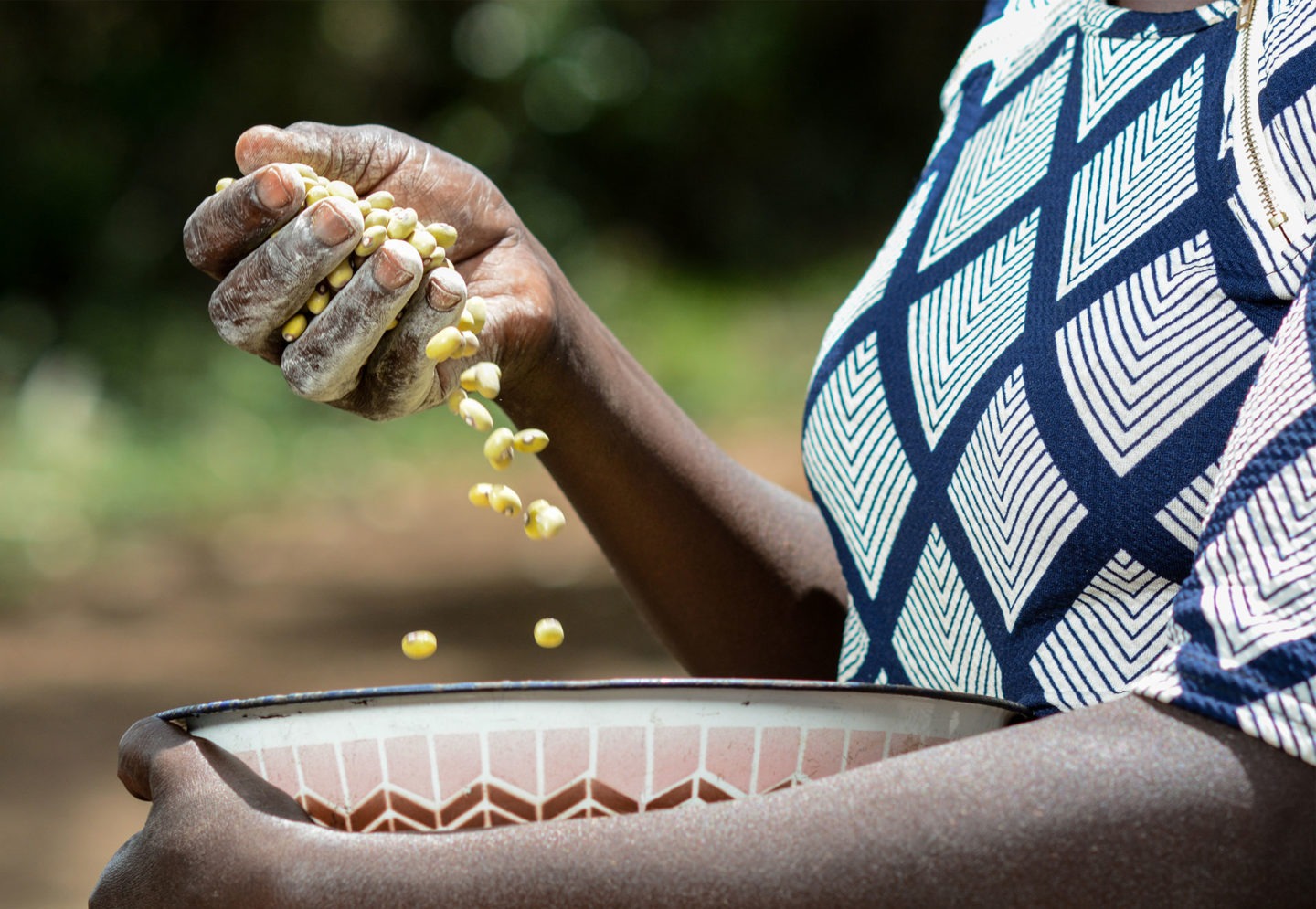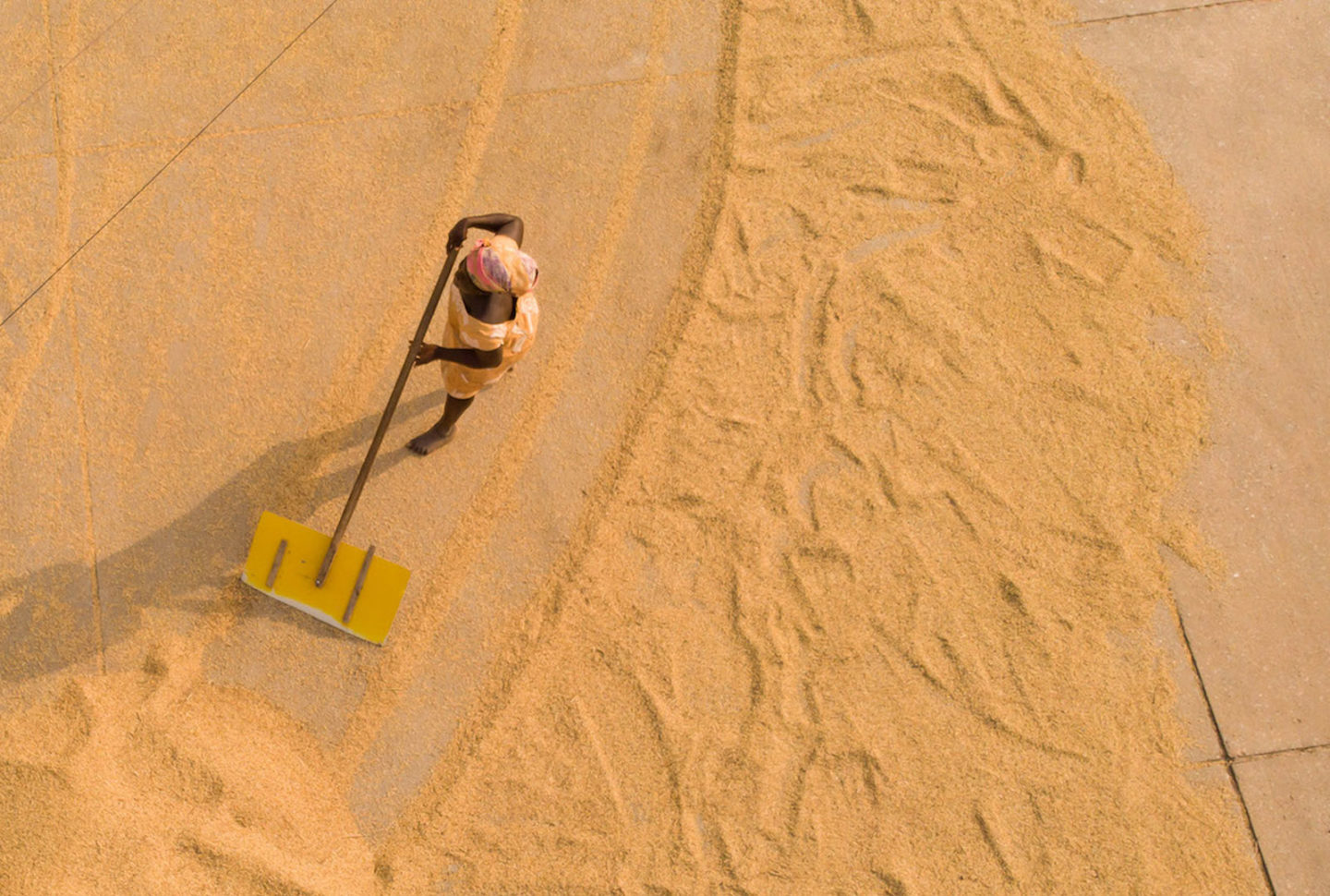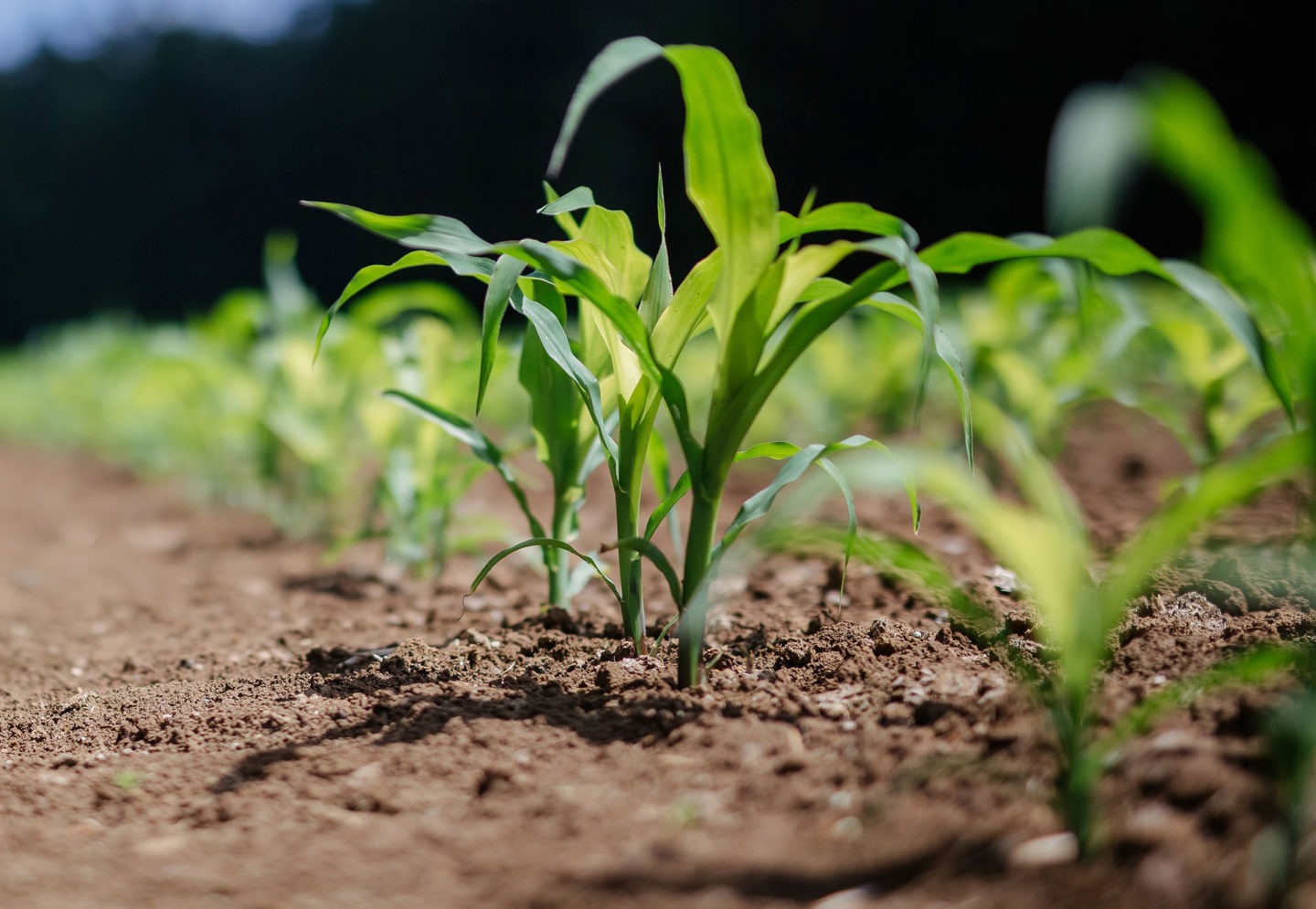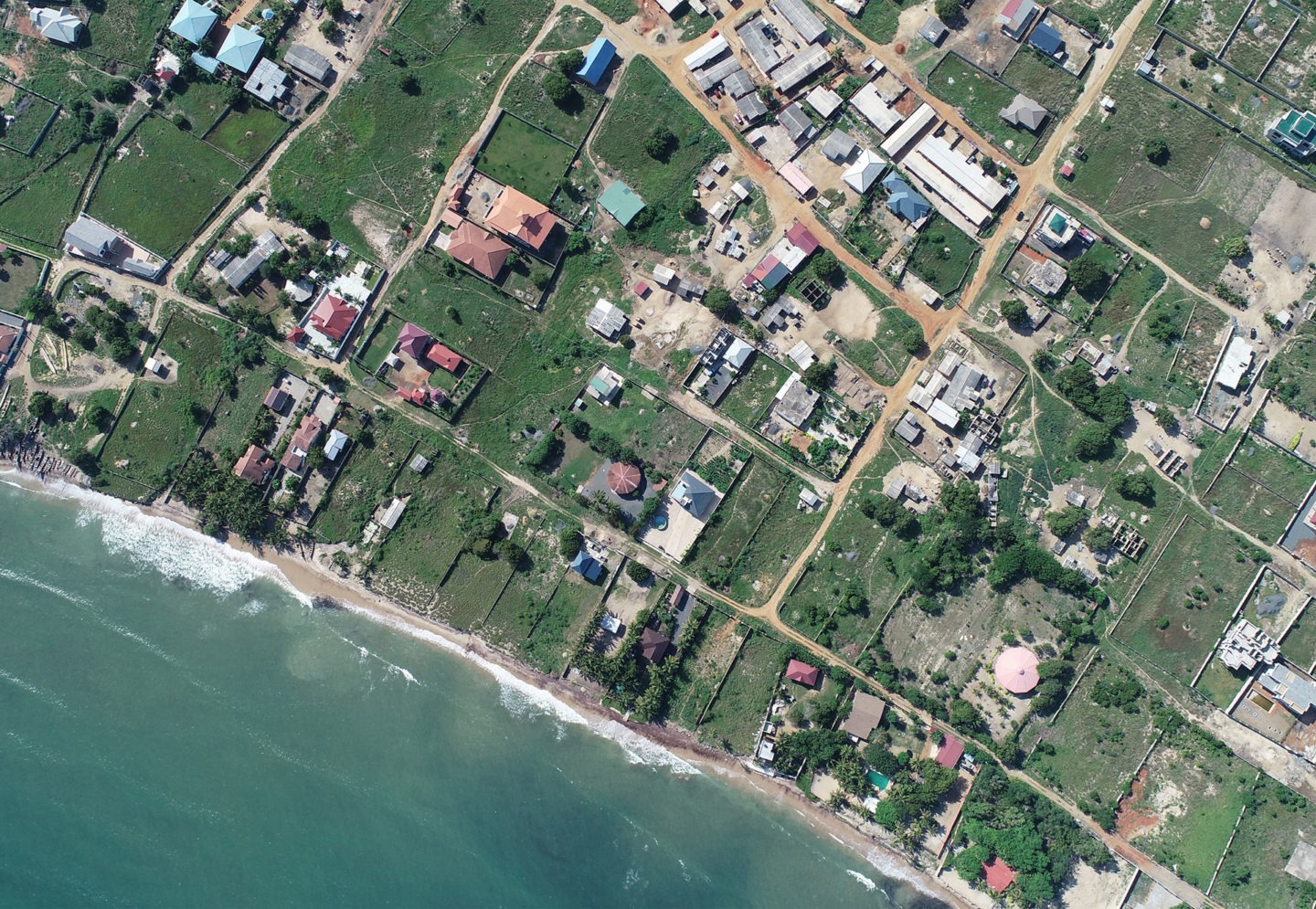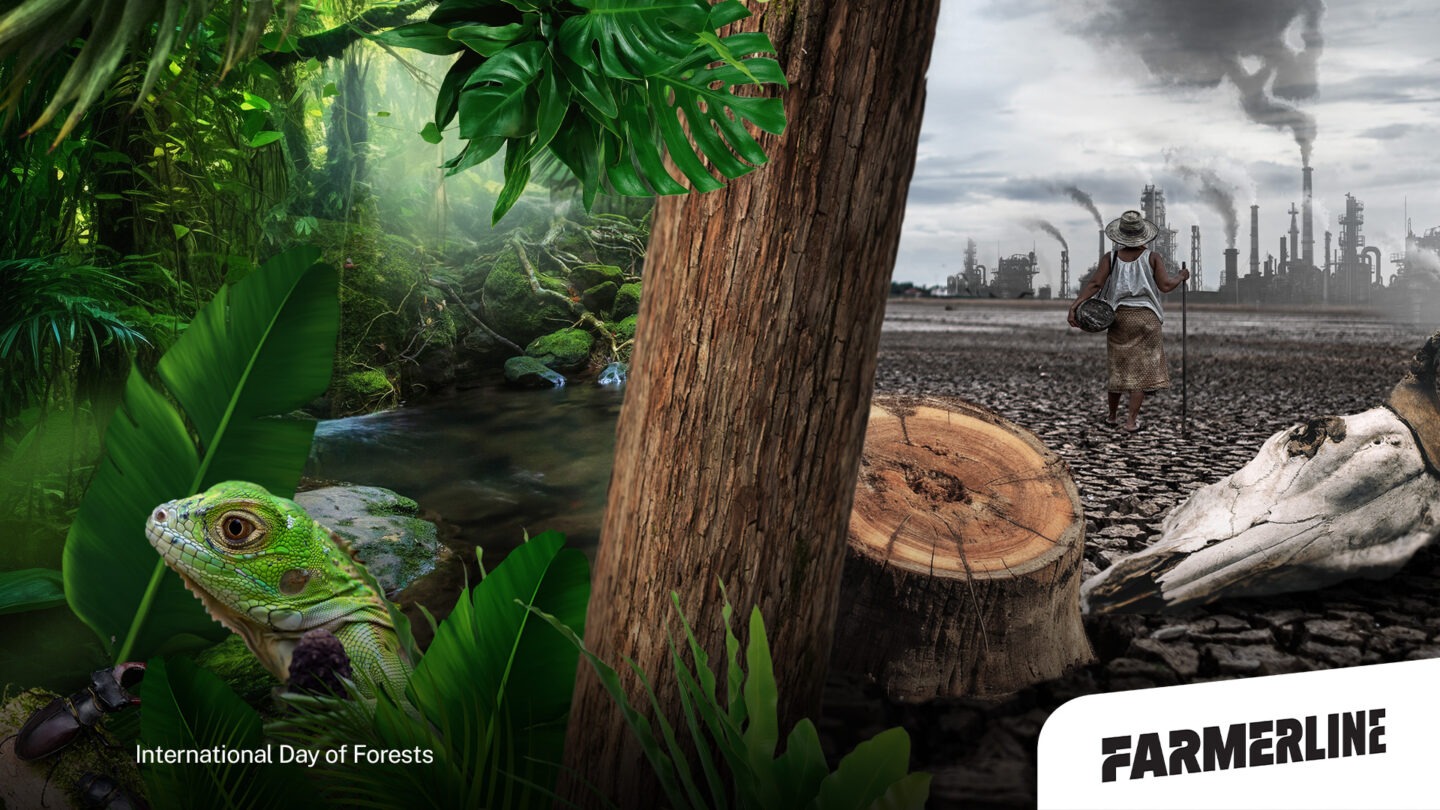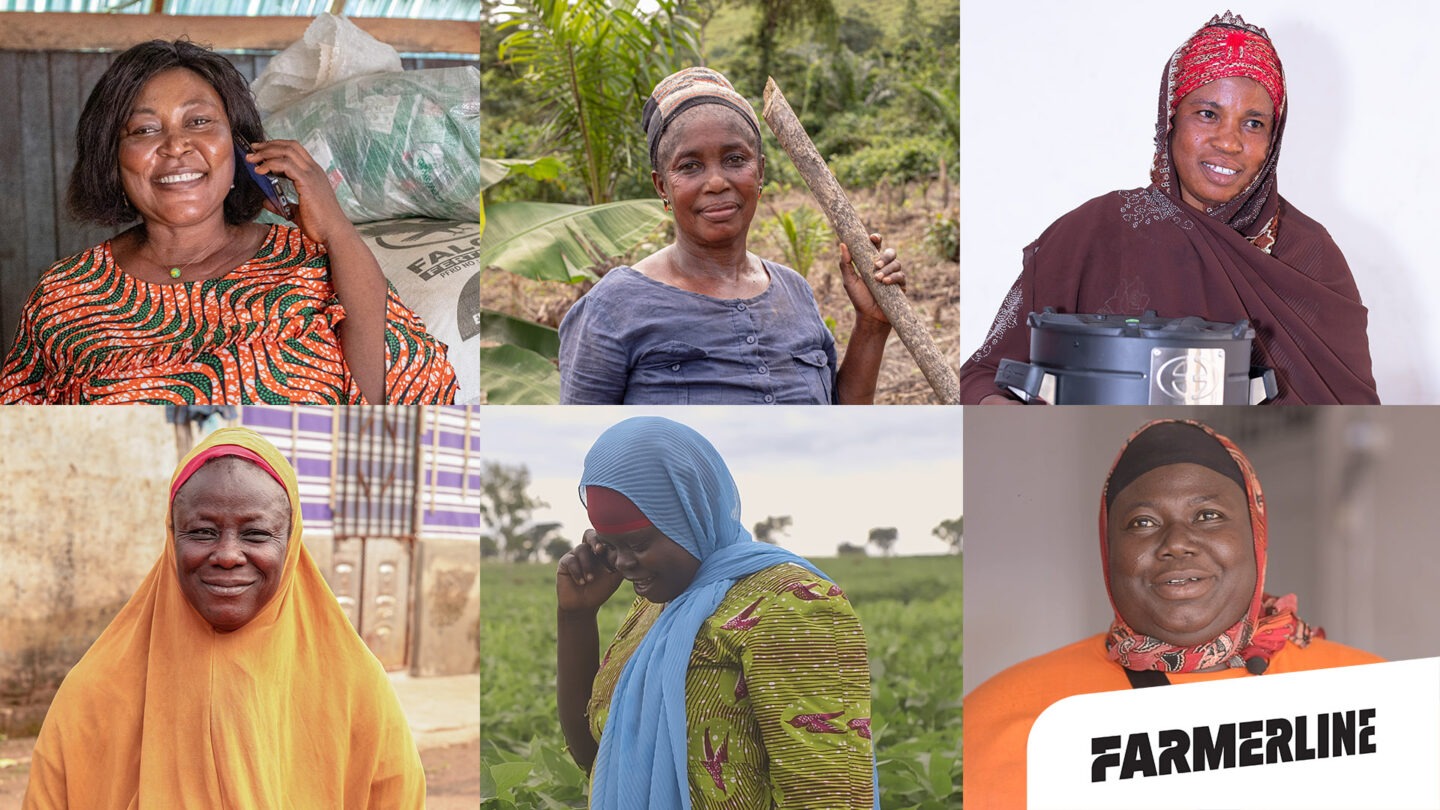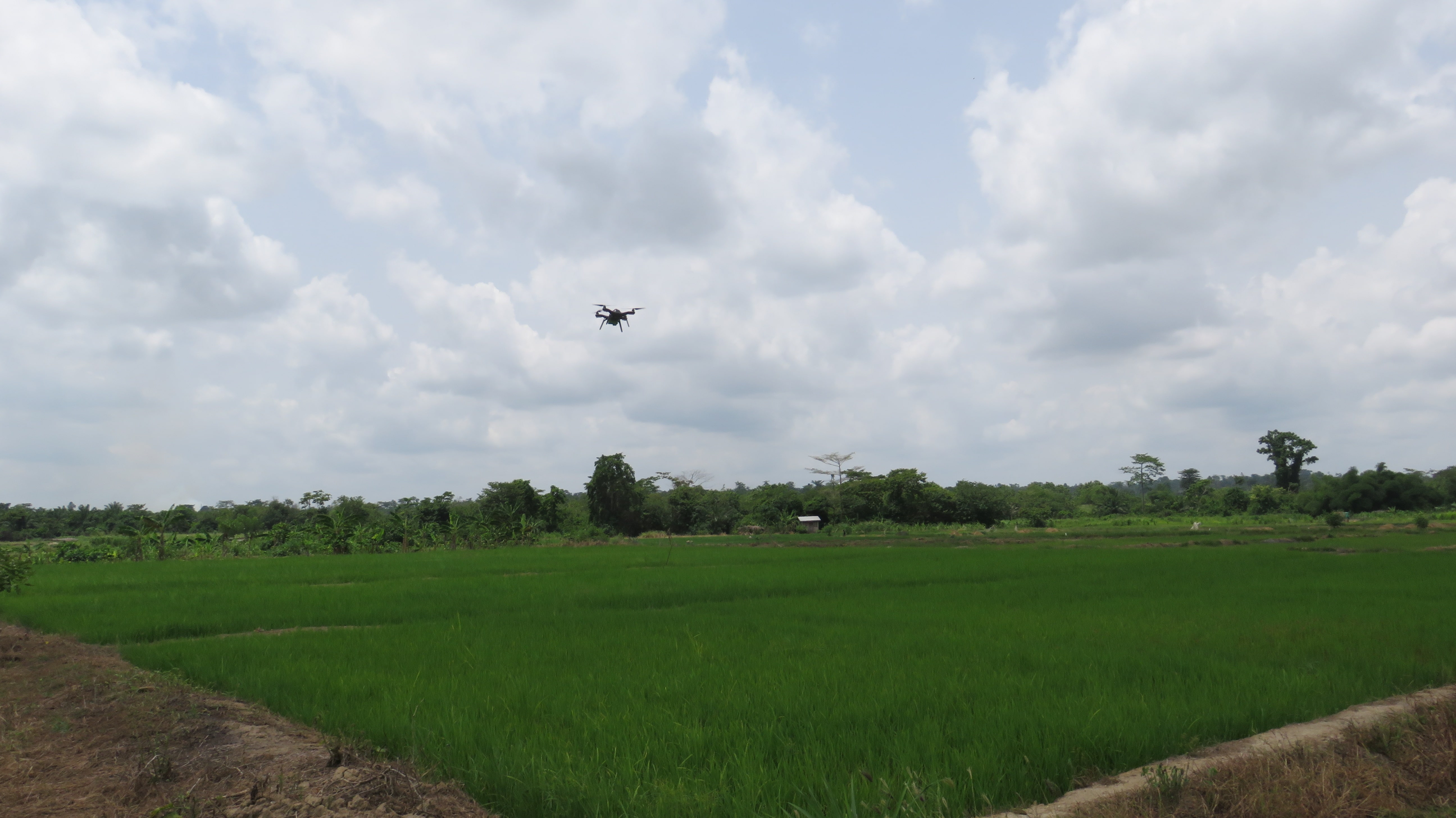

Part II of a four-part “Farms and Drones” series that analyses the possibilities of drone usage in agriculture in Africa.
All over the world, drone technology continues to advance many industries. As agriculture strives to turn to technology for new and smart practices, farmers and agricultural stakeholders are exploring ways to make the most of their land, crops and resources.
So with the introduction of drones, farmers are excited that the technology will help tighten their profit margins, support them to operate more efficiently, and with greater ease than ever before. For agricultural stakeholders and organisations, the technology can afford them the opportunity to provide farmers with precise data of their farmlands and to detect issues well before time and act upon them, as well as make regular visits to check on their crop health knowing exactly where to go on their farmland and which crops to focus much attention on.
But already in use in countries like Japan and Brazil, the question that has been looming over the continent is if drones can truly transform agriculture in Africa.
Having participated in a hands-on, intensive UAS training in Paris, France (courtesy of CTA – Technical Centre for Agricultural and Rural Cooperation and Airinov), Farmerline’s Software Development Associate, Pascal Adomako, argues that the technology could revolutionize agriculture on the continent by boosting crop health, improving field management practices, reducing costs and increasing yields.
• Farmerline’s Pascal Adomako (far left) at the CTA-Training in France.
“Drone technology will give the agriculture industry a high-technology makeover, with planning and strategy based on real-time data gathering and processing,” he said. “In Africa, drones can help farmers identify and develop efficient planting, crop rotation strategies, irrigation patterns and harvesting methods by using mounted sensors to achieve these goals. The technology can also produce precise 3D maps for early soil analysis at the start of the crop cycle which is useful in planning seed planting patterns.”
Pascal further makes the case that drones will provide precise information for crop assessment and management for most farmers in Africa. “If used rightly, drone sensors will be able to detect various crop stress levels and provide vital information on the crops and prompt actions to take with the goal of optimising returns on inputs while preserving resources.”
Pascal also mentions that drone technology will immensely improve the spraying and irrigation of crops. “With the kind of sensors available now, drones can generate vegetation indices which will help to determine the relative density and health of crops, heat signatures and the amount of energy or heat emitted by crops. These together with ground scans influence the application of precise amounts of liquids(water, pesticides, insecticides etc). Incorporating various distance-measuring technologies available (eg. LIDAR) enables calculated and modulated real time spraying of fields with respect to varying distances from the ground. The result: efficient and even coverage with less time used.”
Farmerline, which has started to experiment with drones to see how it changes the landscape of agriculture, is undertaking pilot services to help farmers and farming organizations to optimize the use of inputs (seed, fertilizers, water), to react more quickly to threats (weeds, pests, fungi), to save time crop scouting (validate treatment/actions taken), to improve variable-rate prescriptions in real time and estimate yield from a field.
“This innovation from Farmerline is great for the agricultural sector,” Pascal clarified. “Testing the technology on a rice farm in Kumasi showed the various data/information generated from the drone flight. Data such as this can make the farmer quickly detect infestations and take decisive countermeasures to work against the threat of crop loss.”

